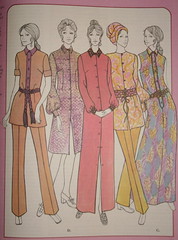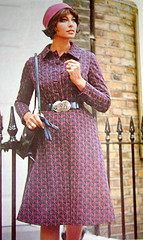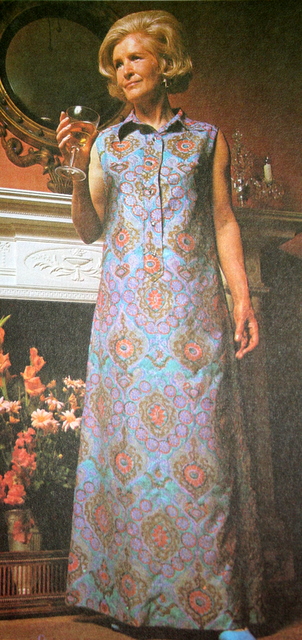
Image "borrowed" from Juniper blog.

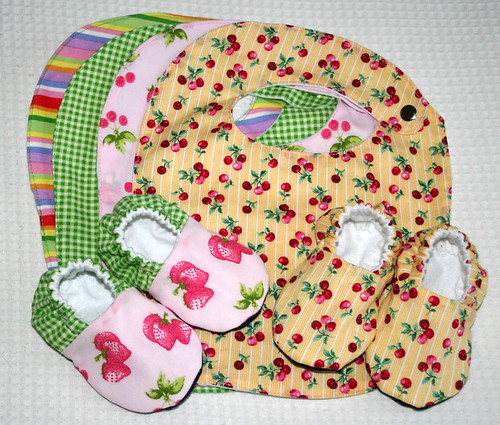






I had been scared of sewing knits up until now, as I always ended up with wavy seams when I used my ordinary (but quite old) sewing machine. But the overlocker makes it so easy to do side-seams in one go. And the differential feed means the seams are flat and not wavy! Hallelujah - a whole new world of sewing knits has been opened up for me.
I used some fine merino knit that I picked up from Fabric Warehouse for $18 a metre. I think I used about a metre of fabric in total. I cut the pattern off an existing merino top. Around the neck I used some stretchy binding that is made specifically for knits. The lady in the Fabric Warehouse assured me that it was easy to use, but I had trouble getting it to sit properly on the hem and sleeves and ended up unpicking it and adding bands instead. For some reason the binding looked much better on the neck. Next time I might try and experiment with hemming the bottom seam on my sewing machine.
The fit is pretty good, given that I am no pattern-making expert. It fits a smidgen more snugly than I wanted however, because I made the fatal error of forgetting to include the width of the overlocker hem (7mm) in my calculations, so I added a 12mm seam allowance and then cut all of it off when I did the seams (I should have only cut off 5mm). Whoops. But it still fits at least, and I needed a fitted warm top to wear under short-sleeved tops anyway (I like how I can justify my stuff-up!).
I can see myself making a few merino tops; maybe a wrap cardigan style (an adult-sized long-sleeved version of this from Tiny Happy perhaps) or adding some embellishments, like a freezer paper stencil (I really like this one that Jessicah at Spinning a Yarn made).
In addition to the merino top, I also had a practice at re-styling some baggy tshirts to make them more fitted. Also a lot of fun, but more on that later.
Edited to add:
A couple of people have asked me about the stretchy binding I used. It is called Foldover Elastic Binding. It's about an inch wide with a thin piece along the middle that allows you to fold it in half easily. One side is matte, the other side is shiny. It is the same stuff that is used to bind the necks of some merino tops you can buy from places like Max. From some google searches, it looks like the same stuff is often used on home-made cloth nappies to bind the legs.
I had trouble getting the seam to lay flat. I was applying the binding in one step with a straight stitch, catching the front and back at the same time and using lots of pins - I think I was stretching the seam too much as I sewed. I have since found some tutorials online that say to apply the binding to the back using a zigzag first and then fold it in half and straight stitch the top. That might give a better finish - I will do some experimenting.
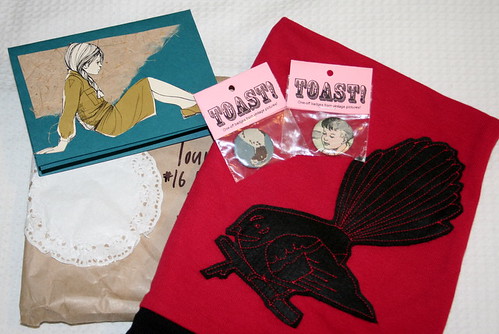
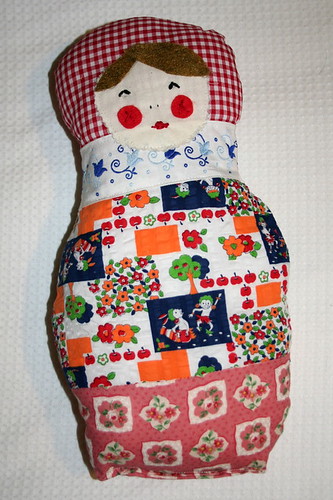
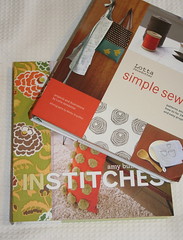
Today is my birthday. The calendar says I'm turning 30, which I find very hard to believe. I certainly don't feel 30. When I was in my early 20s, 30 seemed, well, old. But now that I'm here, it seems OK. I'm a lot more mature now than I was 10 years ago. And I know a lot more about myself and my goals. I've also stopped caring so much about what other people think. And those are good things I think.
I celebrated with friends over dinner on Saturday and with family over cake on Sunday. I've been having an extended weekend and took Monday and today off work to relax and get some crafting done. I should have some photos to show you later in the week.
Here it is about a week later, dry and wound into balls. I'm really surprised at how vibrant the colours remained once it dried: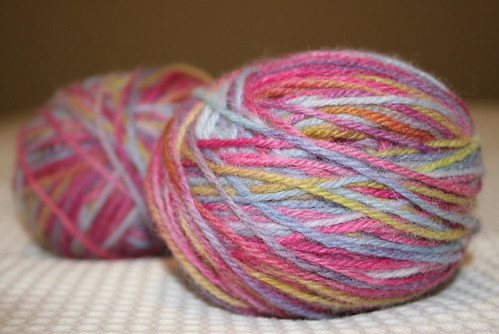

I picked up a couple of great old sewing reference books at an op-shop (thrift store) recently and wanted to share them with you.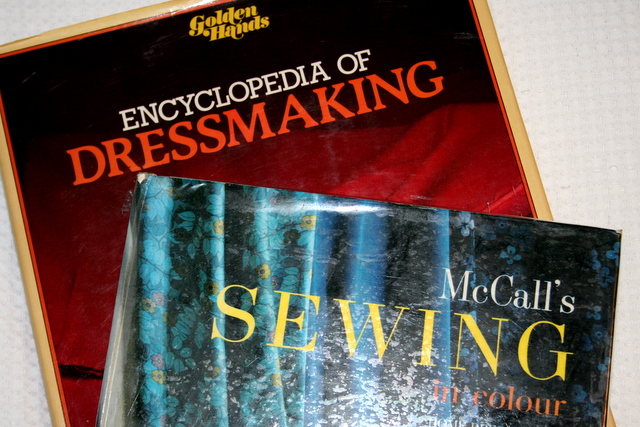
"McCall's Sewing in Colour" was published in 1963, but still has a lot of good reference information that I'll find useful I think. It's divided into sections such as facing, collars, cuffs etc. There is also a fair bit of content that really places the book squarely in the 1960s. My favourite pages are those that explain the basic wardrobe needs of a modern woman: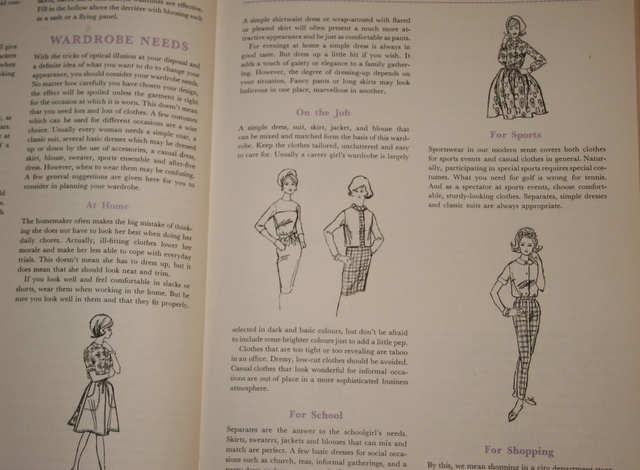
Under the heading At Home it says "The homemaker often makes the big mistake of thing she does not have to look her best when doing her daily chores. Actually, ill-fitting clothes lower her morale and make her less able to cope with everyday trials. This doesn't mean she has to dress up, but it does mean that she should look neat and trim..." hmmm, kinda rules out my round-the-house weekend outfits! Also, under For Shopping (in a "City Department Store") it warns "Slacks and shorts are taboo". So now you know.
The second book, "Golden Hands Encyclopedia of Dressmaking" was published in 1972. It is also a sewing reference, but focusses more on pattern-making and includes quite a few patterns for women's and children's clothing with instructions for how to alter them to fit you. I'm hoping that along with the pattern-making class I recently went to, I should be abe to use this book to make myself some new winter skirts. Lots of great illustrations and photos in this one: